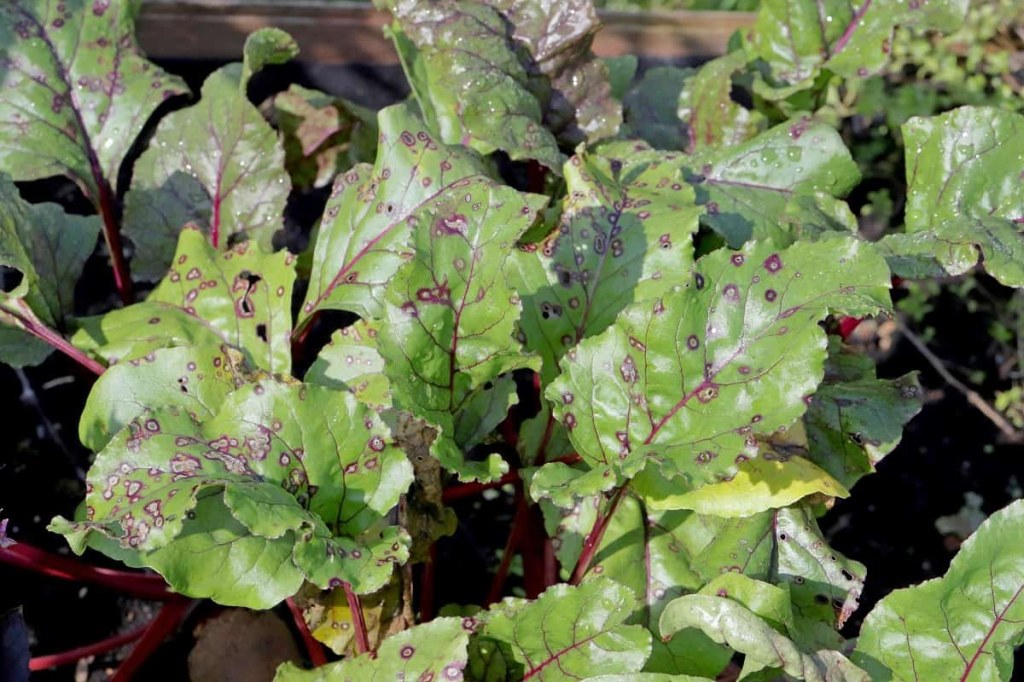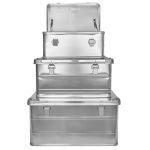Troubleshoot Swiss Chard Leaf Problems: Effective Solutions For Healthy Growth!
Swiss Chard Leaf Problems: Causes, Solutions, and Prevention
Introduction
Hello Swiss Enthusiast,
3 Picture Gallery: Troubleshoot Swiss Chard Leaf Problems: Effective Solutions For Healthy Growth!



Welcome to this informative article on Swiss chard leaf problems. As a lover of this nutritious leafy vegetable, it’s important to understand the various issues that can affect the growth and health of Swiss chard leaves. In this article, we will explore common problems, their causes, and provide effective solutions and prevention strategies. Whether you are a seasoned gardener or a beginner, this article will equip you with the knowledge to keep your Swiss chard plants thriving.
What Causes Swiss Chard Leaf Problems?

Image Source: morningchores.com
🔍 Swiss chard leaf problems can be caused by various factors, including:
1. Pest Infestation: Insects like aphids, leaf miners, and flea beetles can damage Swiss chard leaves.

Image Source: squarespace-cdn.com
2. Fungal Diseases: Diseases like leaf spot and powdery mildew can cause discoloration and lesions on the leaves.
3. Nutritional Deficiencies: Lack of essential nutrients like nitrogen, phosphorus, or potassium can result in stunted growth and yellowing of the leaves.

Image Source: gardenerspath.com
4. Environmental Stress: Extreme temperatures, inadequate watering, or excessive sunlight can lead to leaf problems.
5. Poor Soil Conditions: Compacted or poorly drained soil can hinder root development and affect the overall health of the plant.
6. Improper Planting Techniques: Planting Swiss chard too close together or at the wrong depth can cause overcrowding and competition for resources.
Who is Affected by Swiss Chard Leaf Problems?
🔍 Swiss chard leaf problems can affect both home gardeners and commercial farmers. Anybody growing Swiss chard plants is susceptible to encountering these issues, regardless of their level of experience.
When Do Swiss Chard Leaf Problems Occur?
🔍 Swiss chard leaf problems can occur at any stage of the plant’s growth, from seedling to maturity. However, certain issues like pest infestations and fungal diseases are more common during warm and humid weather conditions.
Where Do Swiss Chard Leaf Problems Occur?
🔍 Swiss chard leaf problems can occur in various geographical locations, as long as the climate and growing conditions are suitable for Swiss chard cultivation. This vegetable is grown worldwide and can be affected by region-specific issues.
Why Should You Be Concerned About Swiss Chard Leaf Problems?
🔍 Understanding and addressing Swiss chard leaf problems is crucial for several reasons:
1. Maintain Plant Health: By identifying and resolving leaf problems, you can ensure the overall health and vigor of your Swiss chard plants.
2. Maximize Yield: Healthy leaves lead to better photosynthesis and nutrient absorption, resulting in higher yields of nutritious Swiss chard.
3. Aesthetics: Swiss chard with vibrant, undamaged leaves enhances the visual appeal of your garden or plate.
4. Economic Impact: For commercial farmers, addressing leaf problems promptly can prevent financial losses due to reduced crop quality or yield.
How to Prevent and Solve Swiss Chard Leaf Problems?
🔍 Here are some preventive measures and solutions for common Swiss chard leaf problems:
1. Pest Control: Regularly inspect plants for pests, use organic insecticides, and encourage beneficial insects like ladybugs.
2. Disease Management: Practice crop rotation, remove and destroy infected leaves, and apply appropriate fungicides.
3. Nutritional Management: Test soil regularly, amend with organic matter and balanced fertilizers, and ensure proper watering.
4. Environmental Management: Provide adequate shade, mulch to conserve moisture, and protect plants from extreme temperatures.
5. Proper Planting and Spacing: Follow recommended planting guidelines, thin overcrowded plants, and provide sufficient space for growth.
Advantages and Disadvantages of Swiss Chard Leaf Problems
🔍 Swiss chard leaf problems have both advantages and disadvantages:
1. Advantages:
• Prompt identification of leaf problems allows for early intervention and prevention of further damage.
• Solving leaf problems can result in healthier and more productive Swiss chard plants.
2. Disadvantages:
• Leaf problems can lead to reduced yield and lower quality Swiss chard.
• Treating leaf problems may require time, effort, and additional resources.
Frequently Asked Questions (FAQs)
1. Q: How often should I water Swiss chard plants?
A: Swiss chard requires consistent moisture, so aim to water the plants deeply once or twice a week.
2. Q: Can I grow Swiss chard in containers?
A: Yes, Swiss chard can be grown in containers as long as they provide adequate drainage and sufficient space for root growth.
3. Q: Are yellow leaves a sign of a nutrient deficiency?
A: Yes, yellow leaves can indicate a lack of nutrients like nitrogen or iron. Testing the soil can help identify specific deficiencies.
4. Q: Can I eat Swiss chard leaves with powdery mildew?
A: It is not recommended to consume leaves with powdery mildew as it can affect taste and may contain harmful fungi.
5. Q: How long does it take for Swiss chard to mature?
A: Swiss chard typically reaches maturity and can be harvested within 50 to 60 days after planting.
Conclusion
🔍 In conclusion, Swiss chard leaf problems can be effectively managed through proper preventive measures and timely interventions. By understanding the causes, solutions, and prevention strategies discussed in this article, you can ensure the healthy growth of your Swiss chard plants, leading to bountiful harvests of this nutritious vegetable. Remember, a little care and attention go a long way in maintaining the vitality of your Swiss chard plants.
Thank you for reading and happy Swiss chard gardening!
Disclaimer:
The information provided in this article is for educational purposes only and should not be considered as professional advice. Always consult with a horticulturist or gardening expert for specific guidance on Swiss chard leaf problems in your region.
This post topic: Swiss



